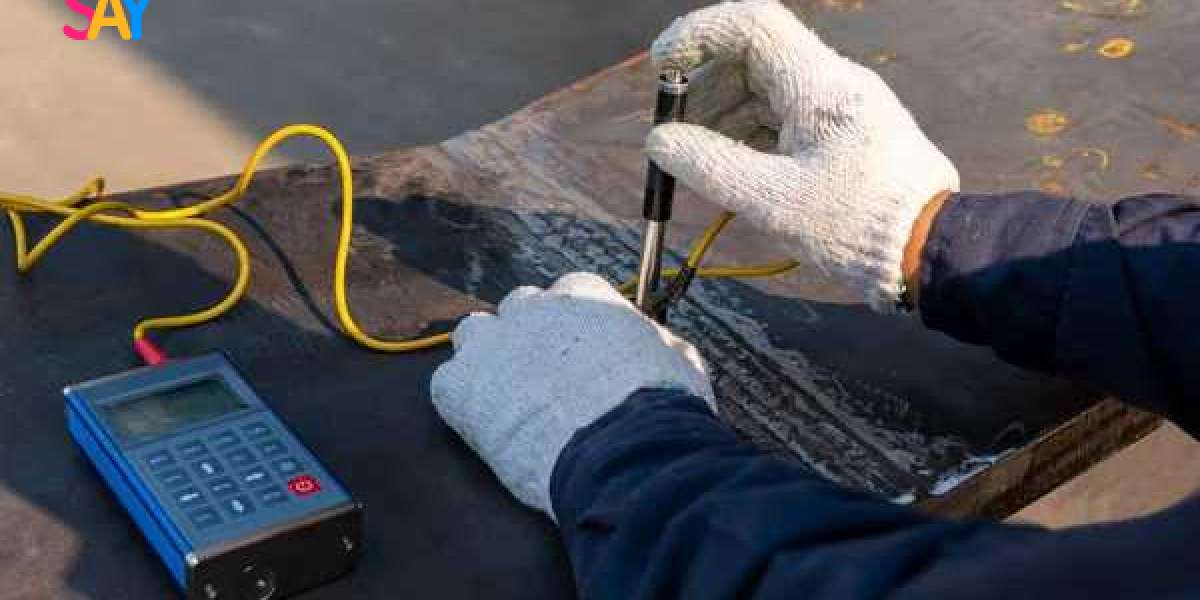Connection design plays a vital role in the field of engineering, enabling the safe and efficient transfer of loads and forces between structural components. Whether it's in the construction of buildings, bridges, or other infrastructure, the proper design of connections ensures structural integrity and long-term stability. In this article, we will delve into the world of connection design, exploring its types, factors considered, design processes, and its significance in different engineering disciplines.
Introduction:
Connection design refers to the process of determining the most suitable means of joining structural elements together to create a stable and robust structure. It involves considering various factors, including the type of materials used, load types and magnitudes, safety factors, and design codes. A well-designed connection not only ensures the structural stability of a project but also facilitates ease of construction and maintenance.
Types of Connections:
There are three primary types of connections commonly used in engineering projects: welded connections, bolted connections, and riveted connections. Each type has its advantages, disadvantages, and applications depending on the specific project requirements.
Welded Connections:
Welded connections involve fusing the structural elements together using heat and pressure, creating a strong and continuous joint. Welding processes such as arc welding, gas welding, and resistance welding are utilized in connection design. Welded connections offer several advantages, including high strength, improved aesthetics, and the ability to transmit both shear and moment forces. However, they can be challenging to inspect, repair, or modify, and require skilled labor for proper execution.
Bolted Connections:
Bolted connections utilize mechanical fasteners such as bolts, nuts, and washers to join structural elements. This type of connection Design offers flexibility, ease of installation, inspection, and disassembly. Bolted connections can be tightened or loosened as needed, making them suitable for applications where adjustments or future modifications may be required. However, bolted connections may introduce slight eccentricities and require regular maintenance to ensure the integrity of the connection. They are commonly used in situations where disassembly or replacement of components is anticipated.
Riveted Connections:
Riveted connections were widely used in the past and still find application in historical restoration projects. They involve joining structural elements by inserting a hot rivet into pre-drilled holes and forming a head on the opposite side. Riveted connections provide excellent strength, durability, and resistance to vibrations. However, their use has decreased in modern construction due to the time-consuming installation process and the availability of more efficient connection Design methods.
Factors Considered in Connection Design:
When designing connections, several factors must be taken into account to ensure their efficiency and safety. These factors include:
Load types and magnitudes: Connections must be designed to withstand the forces exerted on them, including tension, compression, shear, and bending moments.
Material properties: The properties of the connected materials, such as strength, ductility, and corrosion resistance, influence the design of connections.
Safety factors and design codes: Connection design must comply with applicable safety standards and design codes to ensure structural integrity and meet regulatory requirements.
Design Process for Connections:
The design process for connections involves several steps to ensure a well-engineered and reliable joint. These steps include:
Determining loads and forces: Analyzing the structure and identifying the types and magnitudes of loads acting on the connection.
Selection of appropriate connection type: Considering the project requirements, material properties, and load transfer mechanisms to choose the most suitable connection Design type.
Sizing and detailing the connection: Determining the required dimensions, weld sizes, bolt sizes, and other necessary details for the connection to safely transmit the applied loads.
Connection Design in Structural Engineering:
Connection design is essential in various fields of structural engineering, including:
Steel structures:
In steel structures, connection design is crucial for ensuring the overall stability and load-bearing capacity of the entire system. Properly designed connections facilitate the efficient transfer of forces between steel members, enabling the structure to withstand the applied loads.
Concrete structures:
Connections in concrete structures, such as reinforced concrete beams and columns, play a significant role in ensuring the integrity of the structural elements. Precise design and detailing of connections enhance the load distribution and overall performance of the concrete structure.
Timber structures:
In timber construction, connection design is vital for joining wood members and creating a robust and durable structure. Connections in timber structures must account for the unique characteristics of wood, such as its natural variability and susceptibility to moisture and decay.
Conclusion:
Engineering's connection design is a key component in ensuring the stability, security, and effectiveness of structures. The design of connections must take into account elements such as load kinds, material properties, and safety rules whether the structure is made of steel, concrete, or wood. Technology development has influenced connection design, which now incorporates cutting-edge materials and digital technologies to maximize performance and sustainability. Future connection architecture will be shaped by collaboration and an emphasis on environmentally sustainable practices, allowing for the development of infrastructure that is secure, robust, and aesthetically pleasing.





